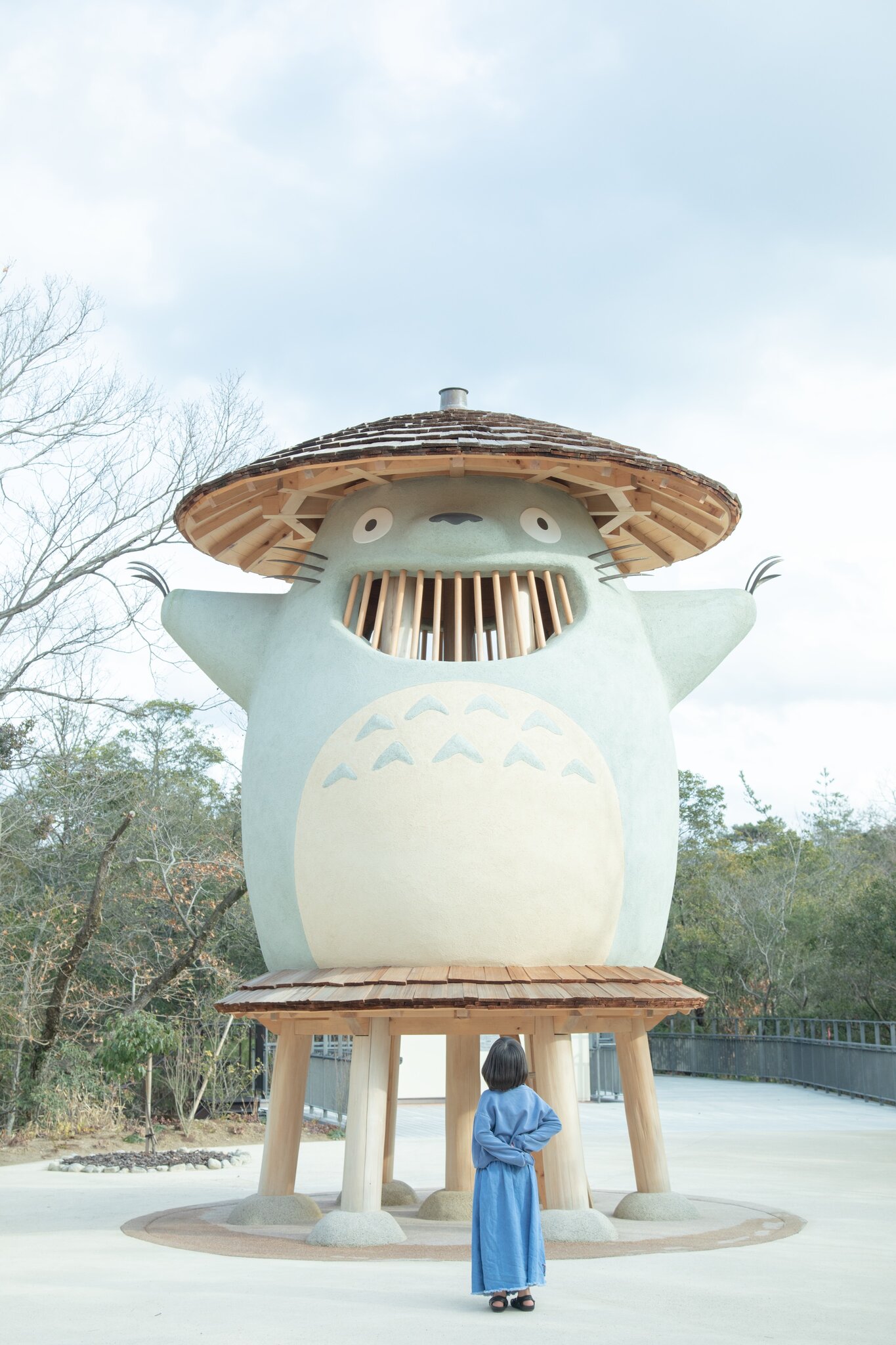
# Investigating the Paradox of Anatta: Buddhism’s Most Intricate Idea
Buddhism, a time-honored spiritual path embraced by millions globally, is famous for its deep teachings that frequently challenge conventional views of existence. Among its many compelling tenets, perhaps none is as paradoxical or stimulating as *anatta*, commonly interpreted as “no-self.”
At its core, this principle of *anatta* appears to sharply contrast with other Buddhist beliefs, like the notion of reincarnation — a cycle encompassing death, rebirth, and ongoing existence. If there is no lasting “self” or soul, how can reincarnation occur? Who is it that exits, re-enters, or persists in their cosmic voyage? This riddle has confounded wisdom seekers for ages.
In this piece, we will strive to clarify the mysterious link between *anatta* and reincarnation, delving into the concepts of karma, human experience, and the constantly shifting nature of existence through a narrative-based approach.
—
## Paradox at the Core of Buddhism
Before we explore analogies and elucidations, it’s crucial to grasp the core beliefs that lead to this paradox:
1. **Reincarnation**: Buddhism posits that all beings are ensnared in a relentless cycle of *samsara* — birth, death, and rebirth. This cycle operates under the law of karma, where one’s actions (positive or negative) impact their future lives. Only by achieving enlightenment — or *nirvana* — can one break free from the cycle of *samsara* and reach liberation.
2. **Anatta (No-Self)**: Unlike numerous other religious and philosophical schools, Buddhism refutes the notion of a perpetual, unalterable soul or self. Instead, it teaches that a person consists of a collection of ever-evolving elements: the physical body, sensations, perceptions, mental formations, and consciousness. These elements, or *skandhas*, are transient and mutually dependent.
Individually, these teachings are insightful yet coherent. However, when viewed collectively, they pose a perplexing inquiry: If there is no lasting “self,” what is it that experiences reincarnation or carries karma through cycles of existence?
—
## The Tale of Water: A Parable for Insight
To comprehend this paradox, numerous educators and authors resort to storytelling and metaphors. One lovely analogy likens the processes of reincarnation and *anatta* to the lifecycle of water.
Consider the journey of a water droplet. One day, deep within the expansive ocean, a small droplet makes its way to the surface, driven by curiosity. The sun’s warmth lifts it upward, transforming it into vapor. Ascending into the atmosphere, the droplet relinquishes its original form, becoming part of the unseen mist.
In this instance, we can ponder: Is the vapor identical to the droplet of water? Chemically, the vapor contains molecules from its former state, but it is no longer a “droplet.” Its structure, purpose, and condition have entirely shifted.
As time goes by, the vapor travels with the breeze, encountering new experiences — perhaps merging with pollutants to form acid rain, which damages life below; or coming into contact with purifying elements, becoming clean water once more. Each transformation leaves an imprint, affecting what the water will become next.
Ultimately, the vapor condenses into rain, falling back to Earth. This cycle of evaporation, condensation, and precipitation reflects reincarnation. The water continuously changes forms, yet at no moment can we assert that it possesses an unalterable “self.” It exists as a process, an ongoing transformation.
—
## Karma as the Unifying Thread
Through this narrative, one can more readily understand how *anatta* integrates into the Buddhist perspective of reincarnation. Just as water molecules endure through various states — vapor, rain, rivers, and ice — karma serves as the unifying force in the cycle of rebirth. Karma is not a “soul,” but rather the cumulative energy of a being’s actions.
When an individual acts with intention (whether beneficial or harmful), they initiate certain forces. These karmic influences persist beyond the physical body and mind of a person, shaping the conditions for their rebirth. However, the being that is reborn is not the same as in their previous life, just as the vapor is no longer the droplet it used to be. Rebirth is propelled by causes and conditions, rather than by an eternal soul.
For instance, an individual who fosters generosity and kindness in one life may generate positive karmic energy, leading to advantageous circumstances in their subsequent existence. Conversely, someone who inflicts harm may carry those seeds of suffering forward. Yet, in every life, there remains the opportunity to make new choices, gaining insights and refining one’s karma.
—
## Observing the Greater Picture: The Transience of All Things
The principle of *anatta* encourages us to reflect not just on the absence